How To Use A Microphone For Public Speaking ?
To use a microphone for public speaking, start by familiarizing yourself with the microphone and its controls. Adjust the height and angle of the microphone stand to ensure it is at a comfortable level for you. Position the microphone close to your mouth, about 4-6 inches away, to ensure clear and consistent sound.
Speak directly into the microphone and project your voice to ensure that your audience can hear you clearly. Avoid speaking too loudly or too softly, as this can distort the sound or make it difficult for the audience to hear you.
If the microphone has an on/off switch, make sure it is turned on before you start speaking. Test the microphone before your presentation to ensure it is working properly and adjust the volume if necessary.
Remember to maintain a consistent distance from the microphone and avoid moving too far away or turning your head away from it while speaking. This will help ensure that your voice remains clear and audible throughout your presentation.
Lastly, be mindful of any feedback or background noise that may occur when using a microphone. Adjust the microphone or ask for assistance if needed to minimize any distractions and ensure a successful public speaking experience.
1、 Microphone Types and Their Functions in Public Speaking
Microphone Types and Their Functions in Public Speaking
Using a microphone effectively is crucial for public speakers to ensure their message is heard clearly by the audience. There are various types of microphones available, each with its own functions and benefits. Understanding these microphone types and how to use them can greatly enhance a speaker's performance.
1. Handheld Microphones: These are the most common microphones used in public speaking. They offer convenience and mobility, allowing the speaker to move around the stage freely. Hold the microphone close to your mouth, ensuring it is positioned correctly for optimal sound pickup. Maintain a consistent distance to avoid volume fluctuations.
2. Lavalier Microphones: Also known as lapel microphones, these are small, clip-on microphones that can be attached to clothing. Lavalier microphones provide hands-free operation, allowing the speaker to have natural gestures and movements. Position the microphone near the chest area, ensuring it is not obstructed by clothing or jewelry.
3. Headset Microphones: These microphones are worn over the head, with a boom arm positioned near the mouth. Headset microphones offer excellent sound quality and are ideal for speakers who need to use both hands during their presentation. Adjust the microphone to ensure it is positioned correctly for optimal sound pickup.
4. Podium Microphones: These microphones are typically mounted on a podium or lectern. They are stationary and provide a consistent sound pickup for speakers who prefer to stay in one place. Position yourself close to the microphone and speak directly into it to ensure clear and audible sound.
5. Wireless Microphones: These microphones offer freedom of movement without the constraints of cables. They can be handheld, lavalier, or headset microphones. When using wireless microphones, be mindful of potential interference and ensure the microphone is properly synced with the receiver.
In recent times, with the rise of virtual events and online presentations, the use of microphones has become even more important. It is essential to choose a high-quality microphone that can capture clear audio and minimize background noise. Additionally, speakers should familiarize themselves with the technical aspects of microphone usage in virtual settings, such as adjusting microphone sensitivity and positioning.
In conclusion, understanding the different types of microphones and their functions is crucial for public speakers. By selecting the appropriate microphone and using it correctly, speakers can ensure their message is delivered clearly and effectively to their audience, whether in-person or virtually.

2、 Proper Microphone Placement for Effective Public Speaking
Proper Microphone Placement for Effective Public Speaking
Using a microphone effectively is crucial for public speaking, as it ensures that your voice is projected clearly and reaches the entire audience. Here are some key tips on how to use a microphone for public speaking:
1. Familiarize yourself with the microphone: Before your speech, take a few moments to understand the microphone you will be using. Learn about its features, such as on/off switches, volume controls, and any additional settings. This will help you feel more comfortable and confident during your presentation.
2. Position the microphone correctly: Hold the microphone at an appropriate distance from your mouth, usually around 4-6 inches. Avoid holding it too close, as it can cause distortion, and don't hold it too far away, as your voice may not be adequately amplified. Experiment with the distance during sound checks to find the optimal position.
3. Speak directly into the microphone: Ensure that you are speaking directly into the microphone, with the sound entering from the front. Avoid speaking across or away from the microphone, as it can result in muffled or uneven sound projection.
4. Adjust the microphone for your height: If you are using a podium or stand-mounted microphone, adjust its height to suit your stature. The microphone should be positioned at mouth level, allowing you to speak comfortably without straining or bending down.
5. Use proper microphone technique: Maintain a consistent distance from the microphone throughout your speech. Avoid moving your head too much or turning away from the microphone, as it can cause fluctuations in volume and clarity. Speak clearly and project your voice, allowing the microphone to capture your words effectively.
6. Be mindful of feedback: Feedback occurs when the sound from the speakers is picked up by the microphone, creating a high-pitched squeal. To prevent feedback, avoid standing too close to the speakers or pointing the microphone directly at them. If feedback does occur, adjust the microphone position or ask the sound technician for assistance.
7. Practice with the microphone: Before your actual presentation, practice using the microphone in a similar setting. This will help you become more comfortable with its operation and ensure that you are aware of any potential issues or adjustments that need to be made.
In recent times, with the rise of virtual presentations and online conferences, it is also important to consider microphone placement for digital public speaking. When using a microphone for virtual presentations, ensure that it is positioned close to your mouth and that the audio settings are optimized for clear sound transmission. Additionally, be mindful of any background noise or distractions that may affect the audio quality.
Remember, using a microphone effectively is not just about technicalities but also about projecting confidence and connecting with your audience. Practice, adapt to the situation, and always strive for clear and impactful communication.
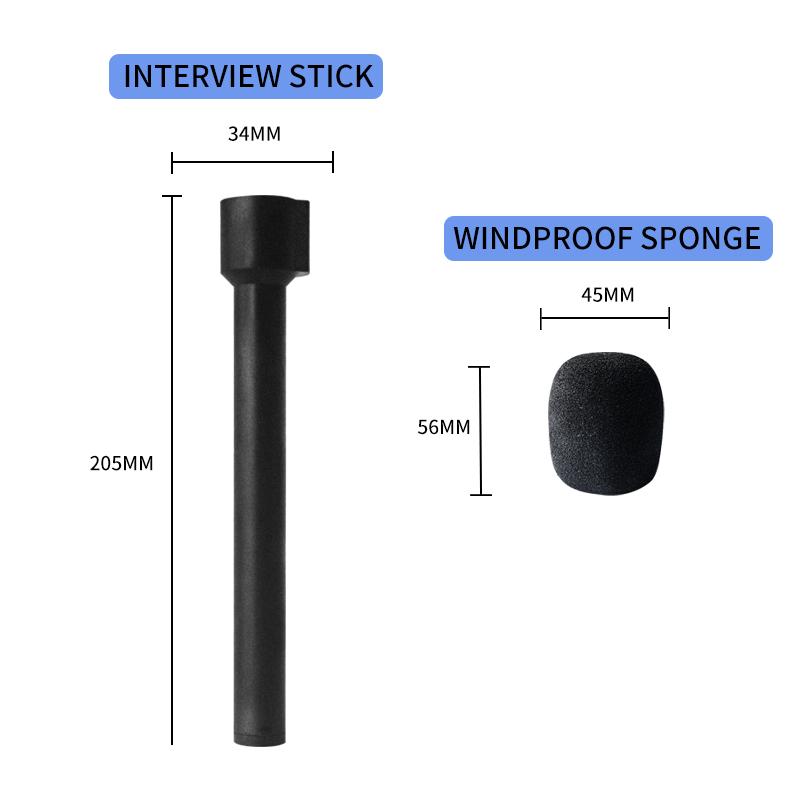
3、 Adjusting Microphone Settings for Clear Public Speaking Delivery
Adjusting Microphone Settings for Clear Public Speaking Delivery
Using a microphone effectively is crucial for delivering a clear and impactful public speech. Whether you are speaking in a small conference room or a large auditorium, proper microphone usage can enhance your voice projection and ensure that your message reaches the audience clearly. Here are some tips on how to use a microphone for public speaking:
1. Familiarize yourself with the microphone: Before your speech, take a few moments to understand the different parts of the microphone. Learn how to hold it correctly and adjust the height or angle if necessary. This will help you feel more comfortable and confident during your presentation.
2. Test the microphone: Prior to your speech, test the microphone to ensure it is working properly. Speak into it at a normal volume and ask someone in the audience to provide feedback on the sound quality. Adjust the microphone settings accordingly to achieve the desired volume and clarity.
3. Maintain an appropriate distance: Stand at a comfortable distance from the microphone, usually around 6-12 inches. This distance may vary depending on the type of microphone being used. Avoid getting too close to the microphone as it can cause distortion or unwanted noise.
4. Speak clearly and project your voice: Enunciate your words clearly and project your voice to ensure that your message is heard by everyone in the audience. Remember to speak at a consistent volume and avoid sudden changes in volume that can be jarring for the listeners.
5. Use proper microphone technique: Hold the microphone close to your mouth, but not too close to avoid plosive sounds. Speak into the microphone at a slight angle, rather than directly into it, to minimize the impact of breath sounds.
6. Adjust the microphone settings as needed: If you notice any issues with the sound quality during your speech, don't hesitate to make adjustments. Increase the volume if you feel you are not being heard clearly, or decrease it if you are causing distortion. Experiment with the settings to find the optimal balance.
In recent times, with the rise of virtual public speaking events, it is also important to consider microphone settings for online presentations. Ensure that your microphone is properly connected and set as the default audio input device on your computer. Test the audio quality in advance and make any necessary adjustments to ensure clear and crisp sound during your virtual speech.
Remember, using a microphone effectively is not just about technicalities, but also about maintaining a confident and engaging presence on stage. Practice using a microphone during rehearsals to become comfortable with it and deliver your speech with confidence and clarity.
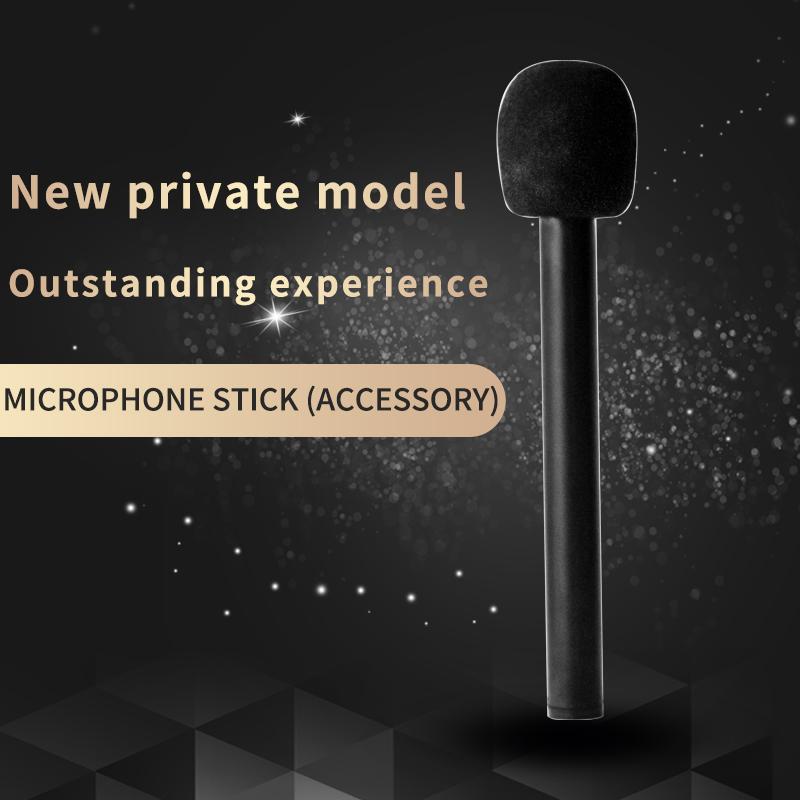
4、 Techniques for Holding and Handling a Microphone During Public Speaking
Techniques for Holding and Handling a Microphone During Public Speaking
Using a microphone effectively is crucial for public speakers to ensure their message is heard clearly by the audience. Here are some techniques for holding and handling a microphone during public speaking:
1. Familiarize yourself with the microphone: Before your speech, take a few moments to become comfortable with the microphone. Understand its features, such as the on/off switch, volume control, and any other adjustments it may have.
2. Hold the microphone correctly: Hold the microphone firmly but not too tightly. Keep it at a comfortable distance from your mouth, usually around 4-6 inches. Avoid covering the microphone with your hand or fingers, as this can muffle the sound.
3. Maintain a consistent distance: Maintain a consistent distance from the microphone throughout your speech. Moving too close can cause distortion, while moving too far away can make it difficult for the audience to hear you clearly.
4. Speak directly into the microphone: Speak directly into the microphone to ensure your voice is captured clearly. Avoid turning your head away or speaking to the side, as this can result in a decrease in volume or clarity.
5. Adjust your volume and projection: Use the microphone's volume control to adjust your volume as needed. However, be mindful not to speak too loudly or too softly. Project your voice confidently, allowing the microphone to amplify your natural speaking voice.
6. Practice with the microphone: Practice using a microphone before your actual speech. This will help you become more comfortable and familiar with its operation, ensuring a smoother delivery during your presentation.
7. Be mindful of feedback: Feedback can occur if the microphone is too close to a speaker or sound source. To avoid this, be aware of your positioning and the positioning of any other audio equipment in the room.
In today's digital age, advancements in microphone technology have led to the development of wireless and lapel microphones, which offer greater mobility and convenience for public speakers. These options can provide more flexibility in movement while still ensuring clear and amplified sound.
Remember, the key to using a microphone effectively for public speaking is practice. By familiarizing yourself with the microphone and implementing these techniques, you can confidently deliver your message to the audience, ensuring that your voice is heard loud and clear.




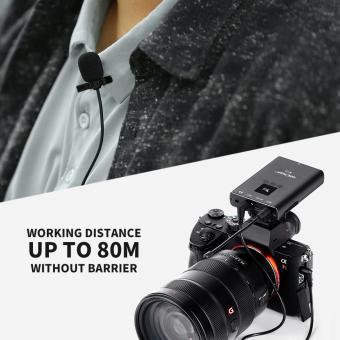

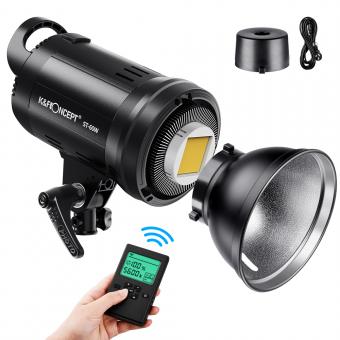








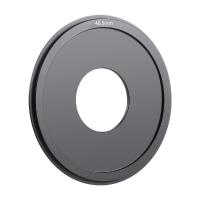



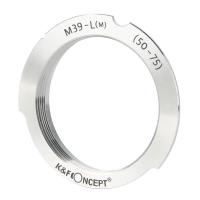





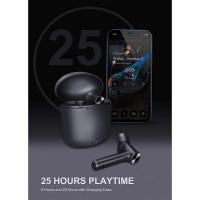


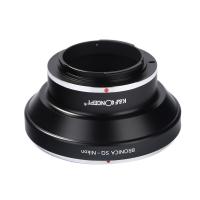



There are no comments for this blog.